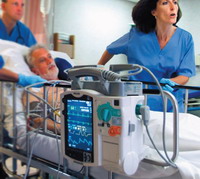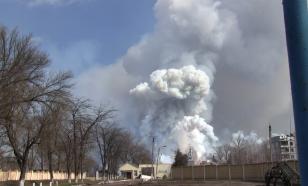Monitoring technologies do little in detecting anesthesia awareness, new study says
A new study raised concerns about the technologies and methods used to detect anesthesia awareness, or "unintended intra-operative awareness" that occurs during general anesthesia, when a patient has not had enough general anesthetic or analgesic to prevent consciousness.

Researchers scrutinized modern monitoring technologies and learned that they do little if compared with traditional methods.
Yet experts urge not to hurry up with conclusions. They claim that monitoring can’t and shouldn’t replace a skilled anesthesiologist, but professionals can’t do without this tool at all, it can be very useful and sometimes more reliable.
The incidence of anesthesia awareness in the United States is believed to be 20,000 to 40,000 cases per year, which represents 0.1 percent and 0.2 percent of all patients undergoing general anesthesia.
Patients who experience full awareness with explicit recall may have suffered an enormous trauma. Some patients experience posttraumatic stress disorder (PTSD), leading to long-lasting after-effects such as nightmares, night terrors, flashbacks, insomnia, and in some cases even suicide. There is evidence that early psychological counselling and support can reduce the amount of harm and chances of developing PTSD. The patient must be treated sympathetically and with compassion.
Photo: www.dremed.com
Subscribe to Pravda.Ru Telegram channel, Facebook, RSS!


